Decades of educational and cognitive research has found that there are 3 fundamental principles of learning. These 3 principles should underpin the approach we take in teaching history in the primary classroom:
1. Students come to the classroom with preconceptions about how the world works. We need to engage primary students' initial understanding.
2. To develop competence in historical inquiry, students must a) have a deep foundation of factual knowledge; b) understand facts and ideas in the context of a conceptual framework, and c) organise knowledge in ways that facilitate retrieval and application.
3. A metacognitive (reflective) approach helps students learn to take control and monitor their learning
This book builds on this research and explores how these principles can be applied in teaching history in the primary classroom.
I highly recommend this book.






 Your new post is loading...
Your new post is loading...


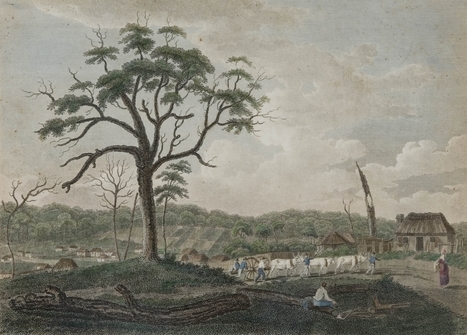


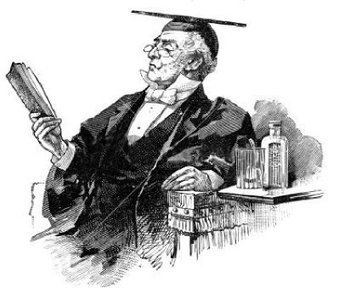

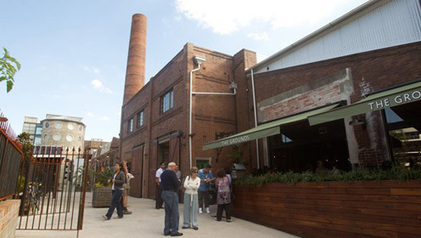
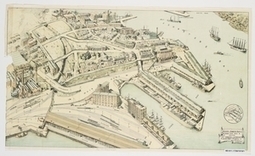
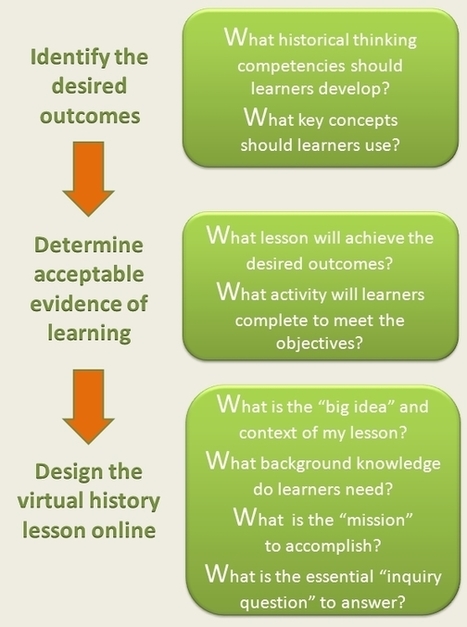


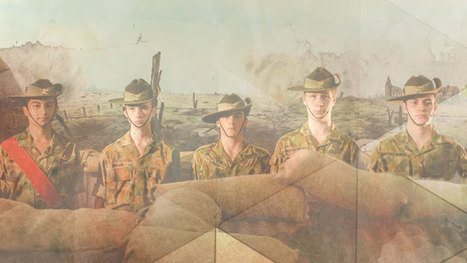



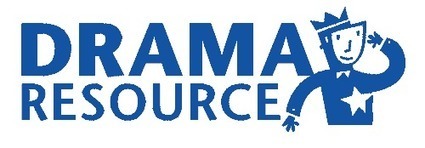
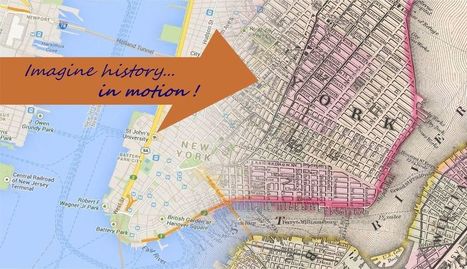


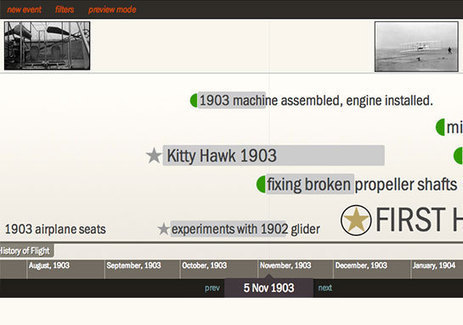


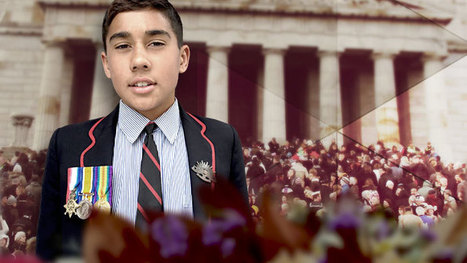









In my opinion this book can be a helpful as it can help me build my knowledge in the area of history. With knowledge comes power; if i feel confident enough with the subject i will be more comfortable with teaching it to my future students. As a student It would be a beneficial resource as it links to other principles such as the 3 fundamental that are mentioned. Knowing how childern acknowledge and learn the concept of 'history' is quite interesting.
As soon as I saw this I knew I'd found my last scoop. These simple three steps will help me greatly when teaching Humanities. Going even further, the book 'How Students Learn' is also very useful as it provides an overview of the best ways to teach history in the classroom. Obviously one of the most important things when teaching is teaching with understanding, and that has been emphasised in all three steps. I think I'd use this frequently in my teaching because by having these steps I would be able to keep focused on the end result (gives me continual guidance). I also know it's from a reliable resource - Catherine Smyth being an experienced primary educator herself.